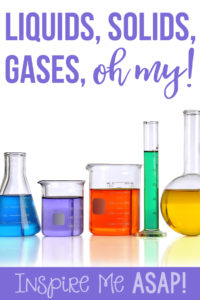
Directions:
Another favorite activity is our states of matter picture sort. I begin by having the class sit on the carpet in a circle. I randomly pass out the pictures to every student. One at a time, the student shows their picture and identifies its state of matter before placing it into the correct category. Once all of our pictures our sorted, the students find their own pictures or examples of solids, liquids, and gases.
Their homework assignment is to bring their own example of a solid, liquid, or gas from home.
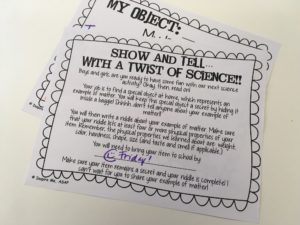
The students wrote a riddle about their object, describing the properties of matter learned about.
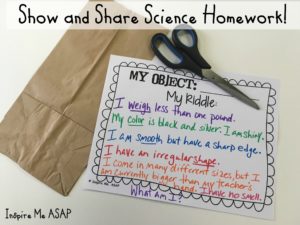
I like to wrap up the unit by having my students create their own informational text book about the different states of matter. After studying the different text features of the informational text books we read during our unit, the students point out what they notice. Students point out the table of contents, glossary, types of print, vocabulary words, and subtitles in the books that we read aloud.
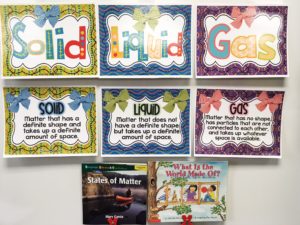
Then, the students search through magazines and cut out examples of solids, liquids, and gases. After gluing down the photographs, the students write a caption that explains what is in the photograph.
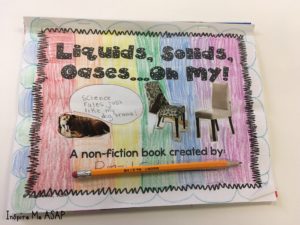
This is a wonderful way to integrate the CCSS for informational text because the students are recreating the different text features in their own informational text. The students added an index, table of contents, glossary, and even an about the author page!
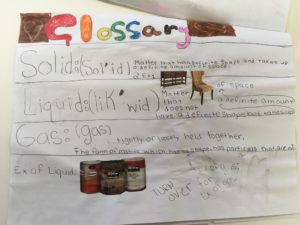


The students love this culminating activity because it allows them to be creative and demonstrate their understanding about the states of matter. I use a rubric to grade their books and use this as an assessment.
If you looking for some interactive lessons and creative ideas to use for your matter unit, you may be interested in my
Solids, Liquids, Gases…oh my! unit on TpT
Click below to save 10% by purchasing this file directly through my website.





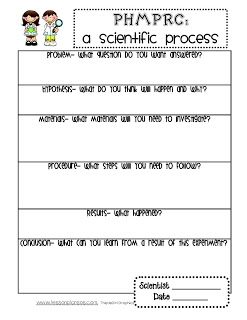
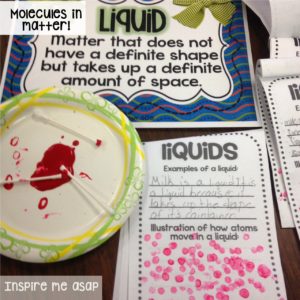
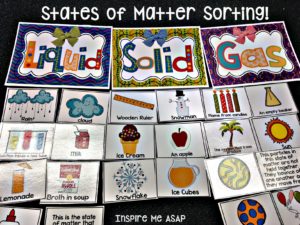
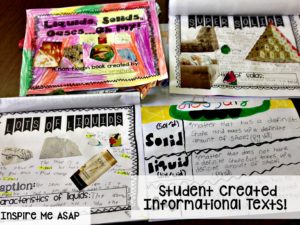
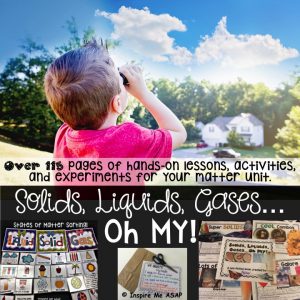

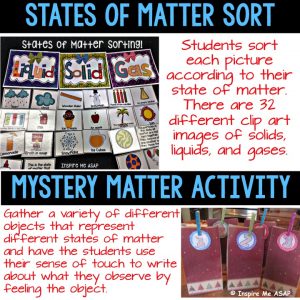
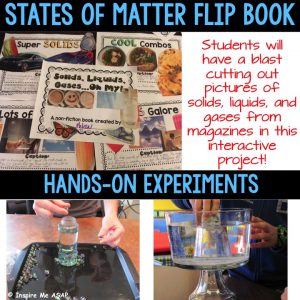




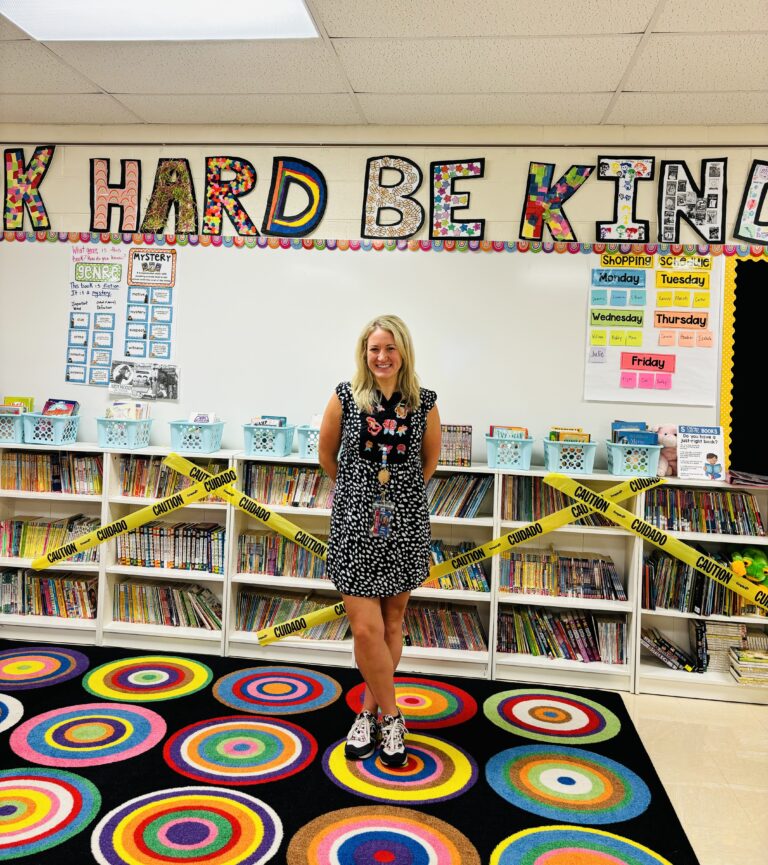



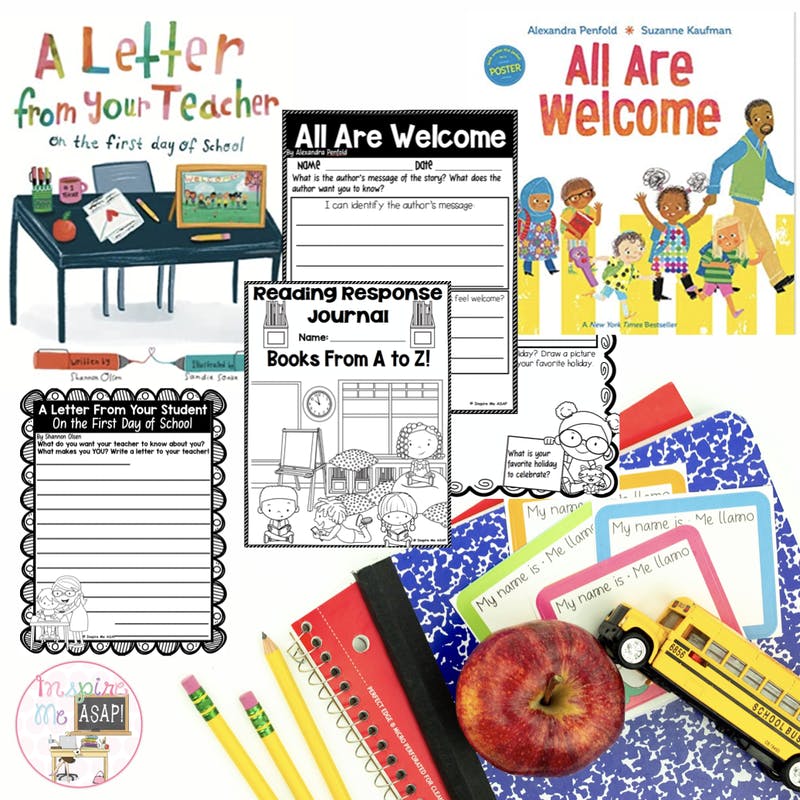
3 Responses
Love This & Will be Using this This Week!!!!
http://brandnewpencil.blogspot.com
Can't Wait to Share!!!
I blogged about this wonderful booklet ;)
http://brandnewpencil.blogspot.com/2011/05/solids-liquids-gases-oh-my-from-lesson.html
Another great experiment to show gas has mass is to make carbon dioxide gas with baking soda and vinegar (I like to do it in a big fish tank). Then blow bubbles into the tank and the bubbles will float on top of the carbon dioxide gas. It is one of those things that impresses kids and teaches a concept.
Terri Izatt
KinderKapers